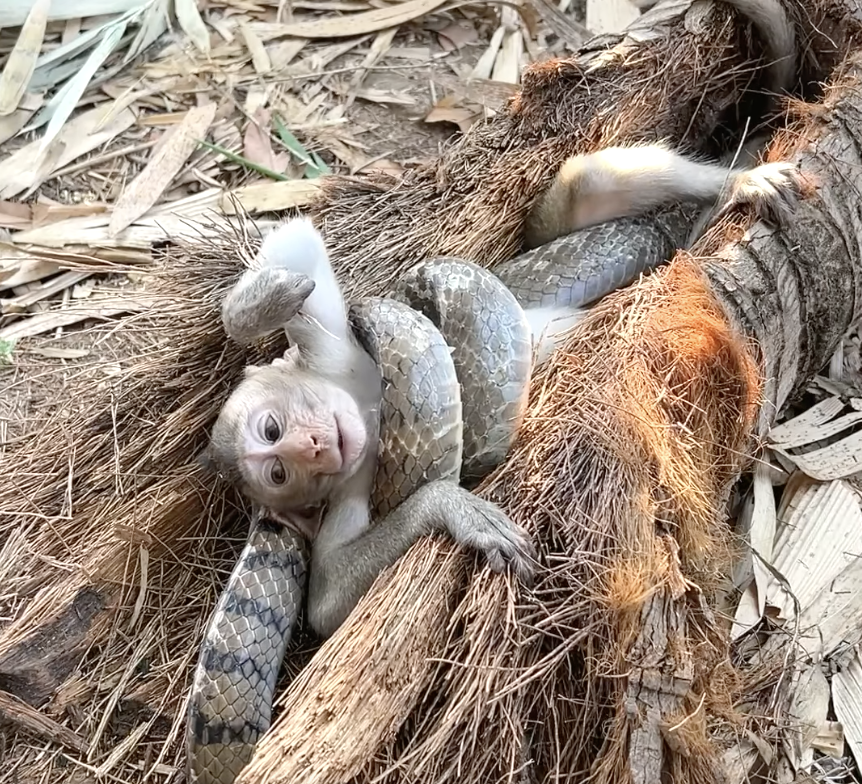
Monkeys are fascinating creatures with behaviors that mirror human emotions and social interactions. One of the most intriguing aspects of their lives is how they band together when facing challenges. Whether it’s protecting their troop from predators or resolving disputes within the group, monkeys demonstrate a remarkable ability to work collectively. This dynamic often reveals their intelligence, loyalty, and adaptability.
The Social Structure of Monkeys
Monkeys live in social groups known as troops, ranging from a few individuals to dozens. Each troop has a defined hierarchy, with dominant leaders – usually older and more experienced individuals – taking charge. These leaders play a crucial role in keeping the group organized, maintaining order, and making decisions about movement, foraging, and safety.
This hierarchical structure is vital during conflicts or fights. The dominant members often act as mediators or defenders, stepping in to protect weaker or younger monkeys. This cooperation shows their sense of responsibility toward the group, ensuring that everyone contributes to survival and cohesion.
Why Do Monkeys Fight?
Monkey fights can arise for various reasons, including territorial disputes, competition for food, or challenges to dominance. Troops are highly territorial, and when another group encroaches on their space, a fight may break out. These battles often involve loud vocalizations, aggressive posturing, and even physical confrontations.
However, not all fights are about territory. Within a troop, monkeys may quarrel over mating rights, food, or social status. These skirmishes are usually short-lived and rarely result in serious injury, as maintaining the troop’s unity is more important than any individual conflict.
Fighting Together: The Power of Unity
When external threats arise, monkeys band together in a display of incredible teamwork. Predators like leopards, snakes, or large birds often target monkeys, but the collective response of a troop can be formidable.
Older monkeys, like the leaders of the group, play a significant role in these situations. They often position themselves as the first line of defense, displaying bravery and cunning. Meanwhile, younger and less experienced members are protected at the troop’s center. This coordinated effort ensures the safety of the most vulnerable members.
For example, vervet monkeys are known for their alarm calls, which differ based on the type of predator. Upon hearing an alarm, the troop instantly mobilizes, with individuals assuming roles to fend off danger or escape. This collaborative response highlights their ability to communicate and act as a cohesive unit.
Lessons from Older Monkeys
Older monkeys, often marked by their more weathered appearance and slower movements, hold a special place in the troop. Their experience and wisdom make them invaluable during conflicts. They have seen countless battles and challenges and know how to navigate tense situations.
These elder members often take on the role of peacemakers within the group, stepping in to diffuse internal fights or protect younger monkeys during external threats. Their actions remind us of the value of experience and the importance of community support.
The Human Connection
The way monkeys fight together resonates with human experiences. Just as monkeys rely on their troops for survival, humans often turn to their communities for strength during challenging times. The loyalty, unity, and teamwork displayed by monkeys offer a lesson in the power of collaboration.
Moreover, their ability to resolve disputes and maintain harmony within the group reflects the importance of communication and compromise. Watching monkeys navigate their social lives reminds us that cooperation is key to overcoming adversity, whether in the wild or in human society.
Protecting Their Future
As we marvel at the intelligence and unity of monkeys, it’s essential to recognize the threats they face. Habitat destruction, hunting, and climate change are significant challenges for monkey populations worldwide. Protecting their natural habitats and ensuring their safety is a responsibility we share.
By supporting conservation efforts, promoting awareness, and respecting their environments, we can ensure that monkeys continue to thrive in the wild. Their ability to fight together and support each other is a testament to their resilience – and a reminder of the importance of working together to protect all life on Earth.
Monkeys may fight, but they fight together. Their unity and loyalty are a powerful reminder of what it means to stand strong as a group. So next time you hear about monkeys in action, remember the strength in their bonds and the lessons they share with us.


